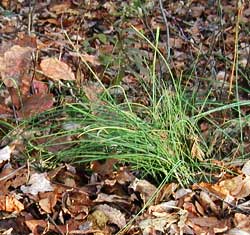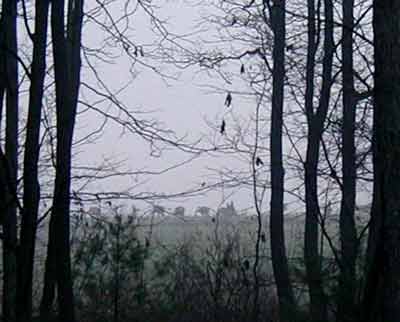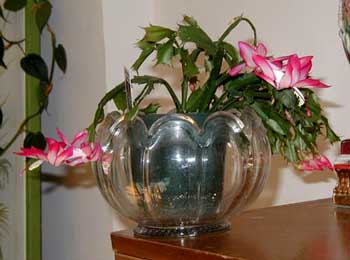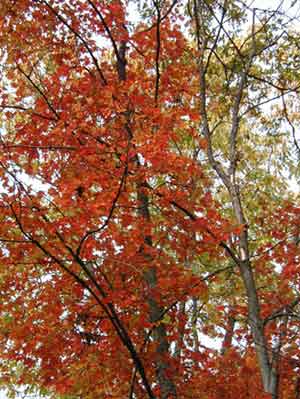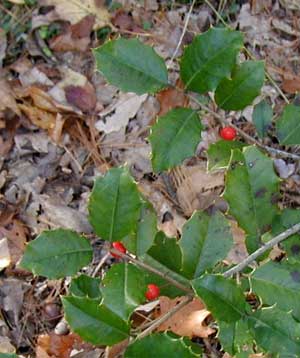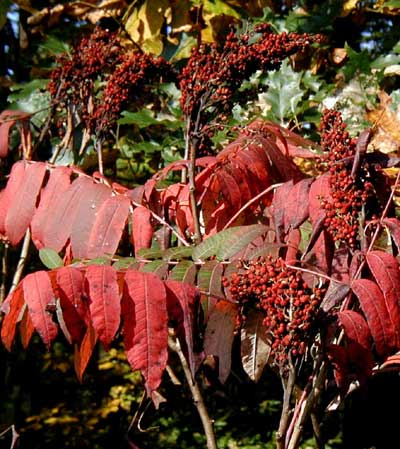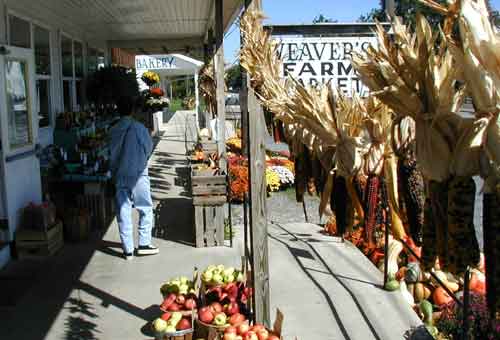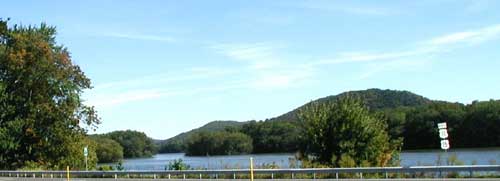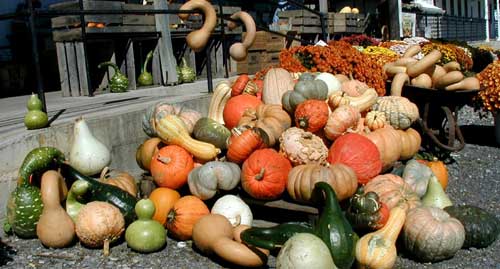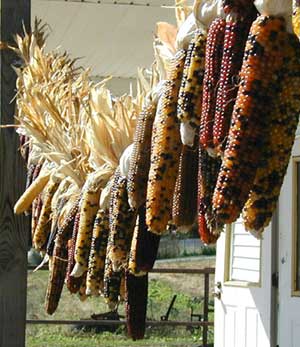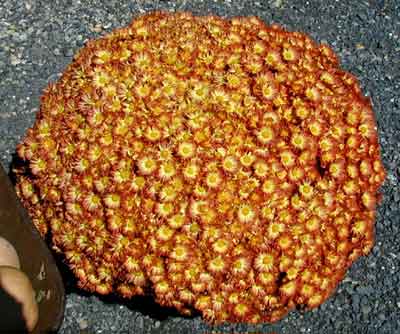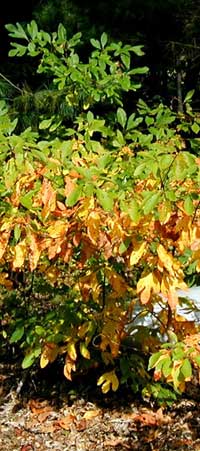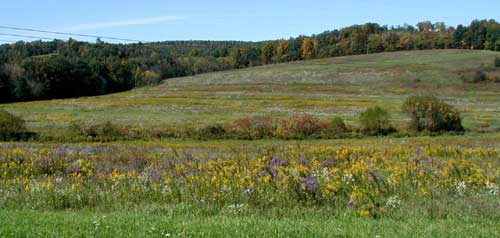The Vernal Equinox is less than a week away and, right on cue, Spring is starting to take hold here in the eastern U.S.
The past week witnessed birds returning from their winter havens. Robins were seen hoping around the field edges, while red-winged blackbirds were heard singing from utility poles. Flocks of Canada geese communicated noisely as they flew North in fantastic “V” formations.
Crocuses were blooming in Virginia a couple weeks ago, and here in southcentral Pennsylvania I spotted my first golden yellow crocuses coming up in the Millerstown town square – crossroads, really – just yesterday.
We’ll likely have more winter weather yet, but the last two days have been gloriously warm for the season. Warmer than average by 15 to 20 degrees! Snowbanks are history now and the brown grass is starting to green up.
No trees are budding or sprouting yet, but some weedy types that have foliage left over from last growing season are making an attempt. Pennsylvania bittergrass and purple dead nettle volunteered in the vegetable garden. Day lilies next to the house are sprouting and lamb’s ear rosettes are green in the flower garden.
We have to look indoors to find something blooming. What’s blooming now, you ask? A member of the Spiderwort family, the Wandering Jew!
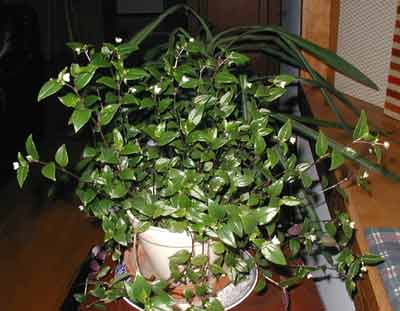
The wandering jew has linear-veined, oval-shaped, pointed leaves with a distinctive purple underside. The stalkless leaves clasp the creeping stem in alternate fashion. The creeping stems and flower stalks are purple.
White, three-petaled flowers at the terminal stem ends are 1/4 inch in diameter with stamens having bright yellow anthers.
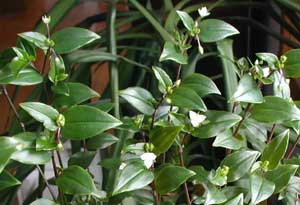
This plant has been flowering since February 24 – going on three weeks. A single bud rises up from a loose cluster to open its bloom in the sunlight. Blooms last for one day, only to be replaced by another waiting in the cluster. Drooping buds are actually blooms that have wilted.
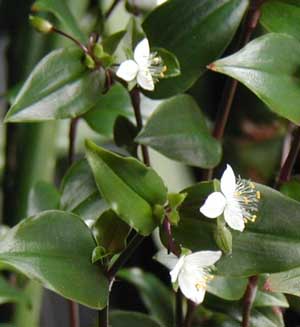
Last year we had some other houseplants bloom in March, too. It’s interesting that one of the profuse bloomers was “Moses-in-the-boat”, another member of the spiderwort family.
